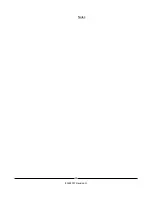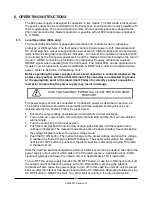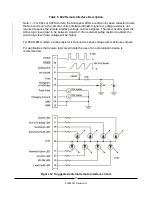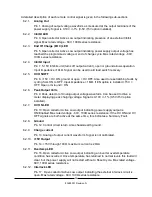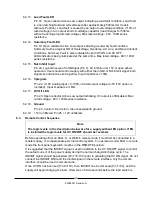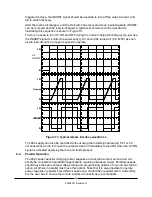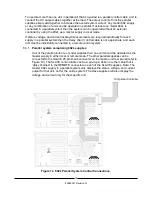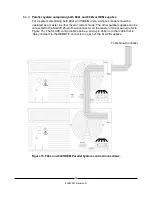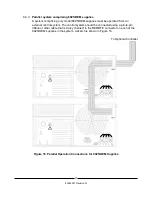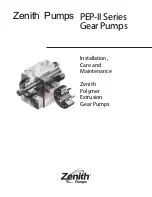
Product Name: UNIVOLT N 61 B
Revision Date: 16 Mar 2015
Page 3 of 11
______________________________________________________________________________________________________________________
EYE CONTACT
Flush thoroughly with water. If irritation occurs, get medical assistance.
INGESTION
Seek immediate medical attention. Do not induce vomiting.
NOTE TO PHYSICIAN
If ingested, material may be aspirated into the lungs and cause chemical pneumonitis. Treat appropriately.
SECTION 5
FIRE FIGHTING MEASURES
EXTINGUISHING MEDIA
Appropriate Extinguishing Media:
Use water fog, foam, dry chemical or carbon dioxide (CO2) to extinguish
flames.
Inappropriate Extinguishing Media:
Straight Streams of Water
FIRE FIGHTING
Fire Fighting Instructions:
Evacuate area. Prevent runoff from fire control or dilution from entering streams,
sewers, or drinking water supply. Firefighters should use standard protective equipment and in enclosed
spaces, self-contained breathing apparatus (SCBA). Use water spray to cool fire exposed surfaces and to
protect personnel.
Hazardous Combustion Products:
Aldehydes, Oxides of carbon, Sulfur oxides, Smoke, Fume, Incomplete
combustion products
FLAMMABILITY PROPERTIES
Flash Point [Method]:
>145°C (293°F) [ASTM D-92]
Flammable Limits (Approximate volume % in air):
LEL: N/D UEL: N/D
Autoignition Temperature:
>315°C (599°F)
SECTION 6
ACCIDENTAL RELEASE MEASURES
NOTIFICATION PROCEDURES
In the event of a spill or accidental release, notify relevant authorities in accordance with all applicable
regulations. US regulations require reporting releases of this material to the environment which exceed the
applicable reportable quantity or oil spills which could reach any waterway including intermittent dry creeks. The
National Response Center can be reached at (800)424-8802.
PROTECTIVE MEASURES
Avoid contact with spilled material. Warn or evacuate occupants in surrounding and downwind areas if
required due to toxicity or flammability of the material. See Section 5 for fire fighting information. See the
Hazard Identification Section for Significant Hazards. See Section 4 for First Aid Advice. See Section 8 for
advice on the minimum requirements for personal protective equipment. Additional protective measures may be
necessary, depending on the specific circumstances and/or the expert judgment of the emergency responders.
For emergency responders: Respiratory protection: respiratory protection will be necessary only in special
cases, e.g., formation of mists. Half-face or full-face respirator with filter(s) for dust/organic vapor or Self
Contained Breathing Apparatus (SCBA) can be used depending on the size of spill and potential level of
Summary of Contents for 802 Series
Page 2: ...PAGE LEFT INTENTIONALLY BLANK ...
Page 10: ...4 83488001 Revision N Notes ...
Page 34: ...28 83488001 Revision N Notes ...
Page 44: ...38 83488001 Revision N Notes ...
Page 57: ......
Page 58: ......
Page 59: ......
Page 60: ......
Page 61: ......
Page 62: ......
Page 63: ......
Page 64: ......
Page 65: ......
Page 66: ......
Page 67: ......
Page 68: ......
Page 69: ......
Page 70: ......
Page 71: ......

